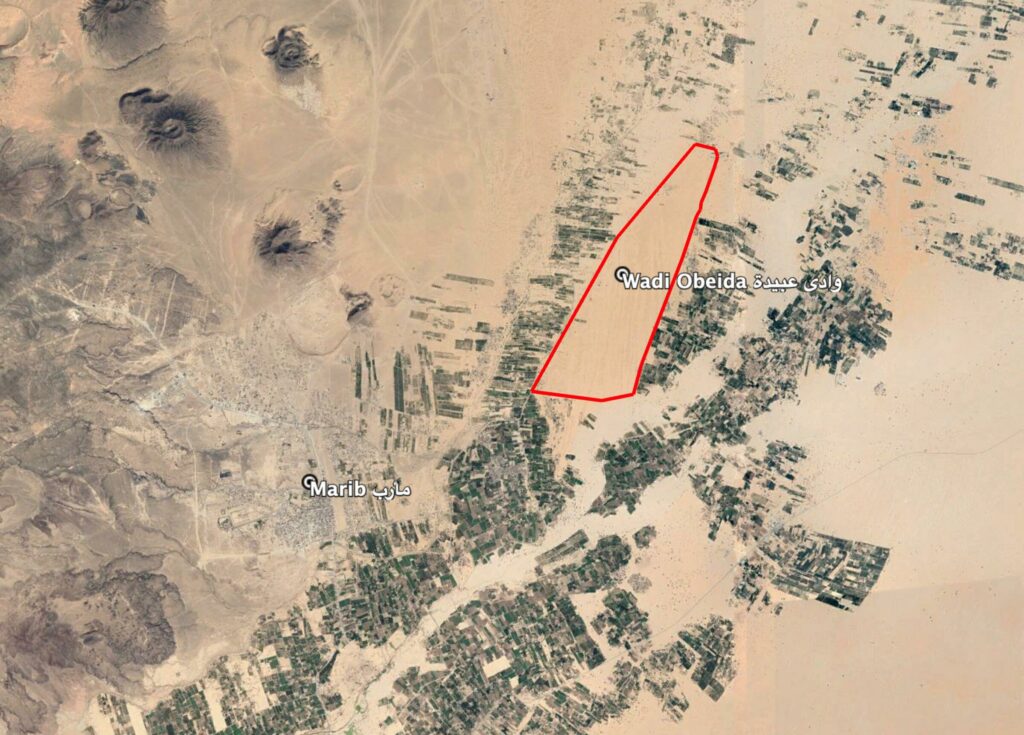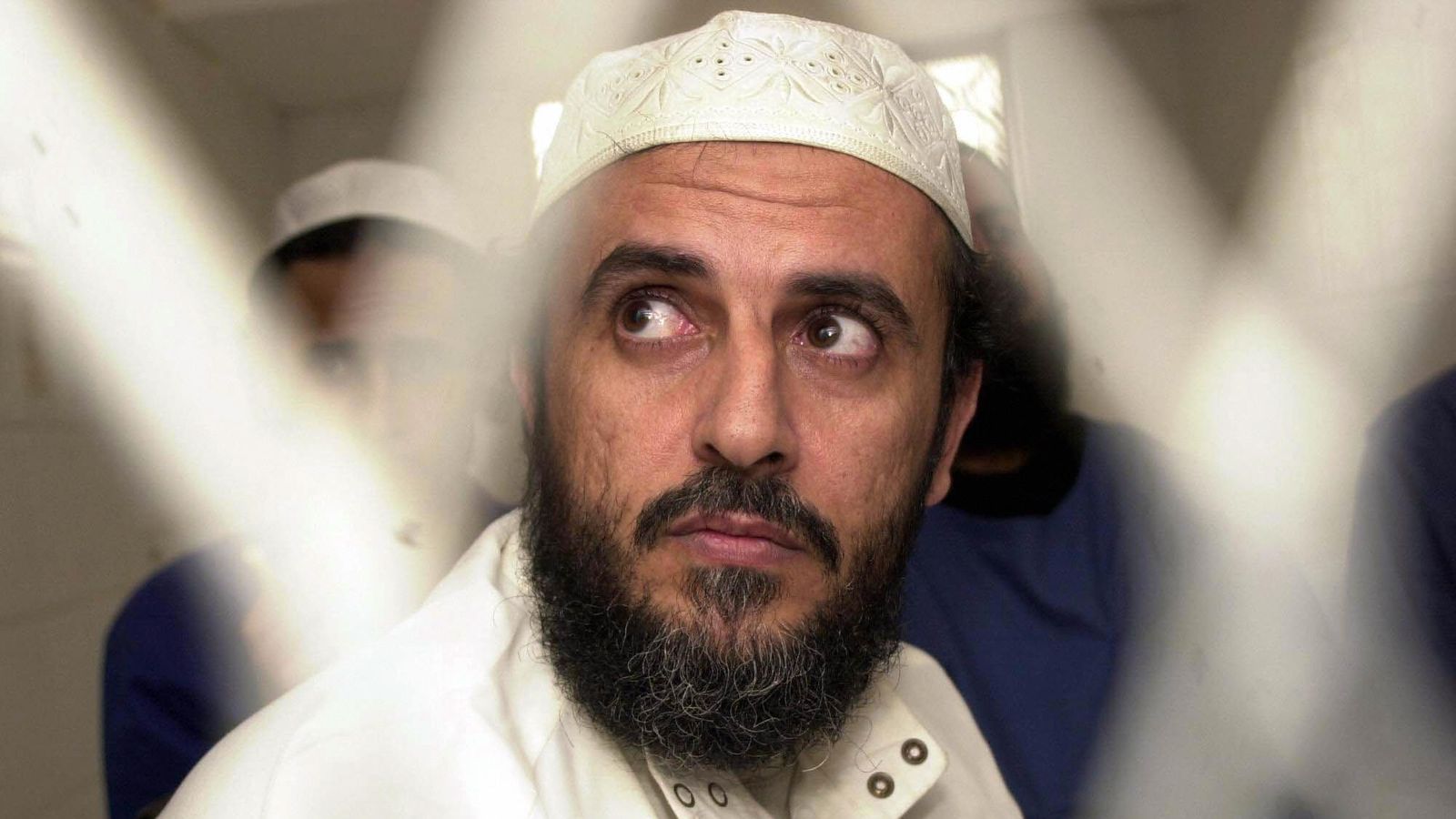Incident Code
Incident Date
Location
Geolocation
Geolocation
Airwars Assessment
(Previous Incident Code: YEM322)
Jamal al-Badawi, an alleged ‘legacy’ AQAP militant, was killed by a US drone strike in Marib governorate on the morning of January 1st 2019, US Central Command stated, confirming earlier reports that he had been targeted by a strike in Wadi Obeidah, Marib.
One civilian was locally reported injured in the attack – and the combatant status of the target was unclear.
“U.S. forces confirmed the results of the strike following a deliberate assessment process,” CENTCOM spokesman Captain Bill Urban noted on January 4th. Al-Badawi was reportedly one of those behind the 2000 bombing of the USS Cole in Aden harbour, though it was unclear whether he remained an active member of the militant group.
Though multiple sources including Sputnik, CNN, and Xinhua, drawing on Yemeni security and local reports, suggested that Al-Badawi was targeted as he drove a car alone, indicating that no “collateral damage” was incurred – a few did report additional casualties. Khabar Agency reported that, according to a tribal source, a soldier in the Fifth Brigade and a citizen, named as Jafri, were wounded. A security source told Al-Ain News that a drone targeted the leader Jamal al-Badawi in Marib province, killing him and two of his companions.
One source, @EsiscTeam, suggested that, instead of a drone strike, a US Special Forces raid had killed seven militants, including one linked to the USS Cole attack. This likely reflects confusion with an alleged special forces raid carried out by Shabwani forces against AQAP at around the same time.
It was later reported by the Wall Street Journal that Al-Badawi was targeted by a modified R9X Hellfire missile, intended to minimise collateral damage. The missile contains “a halo of six long blades that are stowed inside and then deploy through the skin of the missile seconds before impact to ensure that it shreds anything in its tracks”.
While most, including US Central Command, stated that the strike took place in Marib, a few initial reports instead indicated that he was killed in Bayda governorate. A security official for example told Xinhua that Al-Badawi was killed in Bayda, near an AQAP-held area in the governorate. And according to Khabar Agency, their source suggested Al-Badawi was killed in the Al Rawda area of Bayda, next to the Aseel Al-Arab restaurant.
The extent to which Al-Badawi remained involved with AQAP at the time of the strike was unclear, raising the possibility that his death constituted civilian harm. In a series of tweets, analyst Rita Katz suggested that in January 2009, then-AQAP leader Abu Basir Al-Wuhayshi said that Al-Badawi was “no longer with the organisation”. In 2007, Al-Badawi had reportedly surrendered himself to the Yemeni government, exchanging a “loose house arrest” for information on other Al Qaeda operatives. In a later article, Dr Gregory D. Johnsen stated that Al-Badawi promised to give up on terrorism as part of this, and never publicly reaffirmed his support for, or membership of, AQAP.
US Central Command, likewise, described Al-Badawi as a ‘legacy’ operative, though the exact meaning of this was also unclear. On Twitter, Harvard law professor Jack Goldsmith wrote that, “if ‘legacy’ means ‘former,’ then the strike would raise tricky issues under domestic and int’l law”. Bobby Chesney, a University of Texas law professor, suggested that ‘legacy’ could instead refer to ‘core’ Al-Qaeda, “as distinct from AQ franchises/splinters”.
These concerns raised the possibility that Al-Badawi was not an active belligerent at the time of the strike, potentially leading to his death being a case of civilian non-combatant harm. To account for this possibility, a 0-1 range has been set for reported civilian deaths, and a 1-7 range for militant deaths.
Al-Badawi, a Yemeni citizen reportedly aged between 50 and 58, allegedly supplied boats and explosives for the original attack on the USS Cole on October 12th 2000, which killed 17 US sailors and injured more than thirty. Though multiple sources described him as the ‘mastermind’ behind the bombing, former FBI agent Ali Soufan, lead investigator on the case, told NPR that Al-Badawi had held a mainly logistical role.
Al-Badawi was indicted by a US federal grand jury in 2003 on 50 counts of terrorism, but escaped from prison in Sana’a the same year. After being recaptured in 2004, he again escaped in 2006, before surrendering to the Yemeni government in 2007. The US State Department Rewards for Justice Program continued to offer five million dollars for information leading to his arrest, and he remained on the FBI’s Most Wanted list. Abd al-Rahim al-Nashiri, an alleged co-conspirator in the USS Cole bombing, reportedly remains held at Guantanamo Bay 16 years after his capture, where at the time of al-Badawi’s killing, he was still involved in the pre-trial process.
On January 6th 2019, US President Donald Trump tweeted that “Our GREAT MILITARY has delivered justice for the heroes lost and wounded in the cowardly attack on the USS Cole. We have just killed the leader of that attack, Jamal al-Badawi. Our work against al Qaeda continues. We will never stop in our fight against Radical Islamic Terrorism!”.
Our GREAT MILITARY has delivered justice for the heroes lost and wounded in the cowardly attack on the USS Cole. We have just killed the leader of that attack, Jamal al-Badawi. Our work against al Qaeda continues. We will never stop in our fight against Radical Islamic Terrorism!
— Donald J. Trump (@realDonaldTrump) January 6, 2019
In its annual civilian casualty report for Congress issued in April 2019, the US Department of Defense stated that, as of March 1st 2020, it had assessed “no credible reports of civilian casualties resulting from US military actions in Yemen during 2019”. The report also asserted that US Central Command had not received “any reports from IOs or NGOs regarding potential civilian casualties caused by U.S. military action in Yemen in 2019”.
Responding to Airwars’ publication of its Yemen dataset and accompanying report in October 2020, CENTCOM dismissed all but two civilian harm claims under President Trump, asserting that “USCENTCOM conducted a thorough review of the information AirWars provided regarding allegations of potential civilian harm caused by USCENTCOM strikes in Yemen from 2017-2020… The bulk of the information asserted by AirWars, however, did not correspond with dates and locations of U.S. military strikes or raids in Yemen. Other AirWars allegations either did not allege civilian harm or were not assessed as credible upon our review.”
May 12, 2025: This assessment has been lightly edited to account for Al-Badawi’s contested civilian status.
Key Information
Geolocation Notes
Reports of the incident mention the area of Wadi Obeida (وادي عبيدة), east of Mar’ib (مأرب) city. Due to limited satellite imagery and information available to Airwars, we were unable to verify the location further. The generic coordinates for Wadi Obeida are: 15.515556, 45.395278.

Reports of the incident mention the area of Wadi Obeida (وادي عبيدة), east of Mar’ib (مأرب) city.
Imagery: Google Earth

